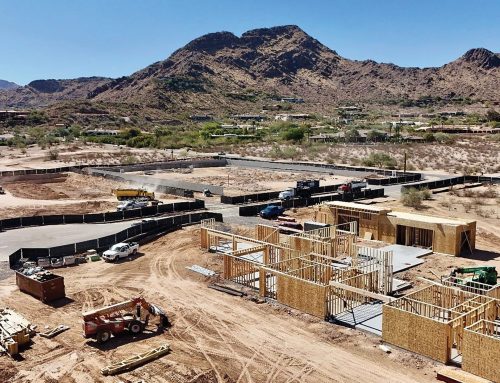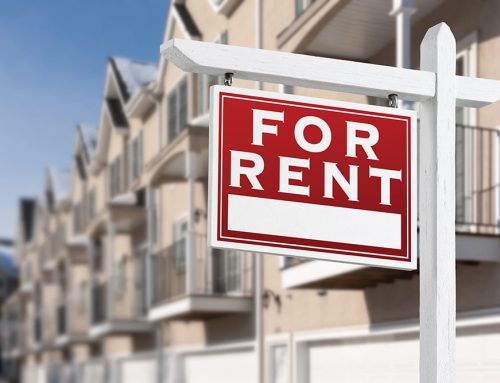By John Cabezas with LIV AZ Realty
During the initial stages of the COVID-19 pandemic, the government, in conjunction with lenders, offered a forbearance program for mortgage payments. Designed to help Americans that were not able to work or lost their jobs, it allowed for non-payment of monthly mortgages.
The problem arises when the program ended on December 31. At the end of the program all the payments that were not made through forbearance came due.
Industry experts forecasted that 30% of homeowners would choose to enter forbearance, but less than 10% actually did. Currently, the national forbearance rate has dropped to 5.6%. Those homeowners actively in forbearances is currently below 3 million. That is still quite a lot of homes potentially being foreclosed.
There Will Be Very Few Defaults
Unlike the Great Recession housing crash twelve years ago, most of these homeowners have equity in their homes. They are not upside down, or underwater if you will. During the Great Recession, many homeowners decided they would stop making payments and walk away from the house. This resulted in the bank foreclosing on the property.
Aspen Grove Solutions, a business consulting firm, recently addressed the issue in a study titled Creating Positive Forbearance Outcomes: “Unlike in 2008, strategic defaults have not emerged as a serious problem and seems unlikely to emerge given stronger expectations for property price increases, a record low inventory of homes, and stable residential underwriting standards leading up to the crisis, which has reduced the number of owners who are underwater.”
Homeowners Have Other Options That Were Not Available Then
Homeowners today have several options. First and foremost, it is a robust sellers’ market. Even if you are on the verge of bankruptcy you can still sell your home and walk away with the equity. It is a sellers’ market with very little inventory, thus quick sales. The banks also understand the three fundamental differences in today’s real estate market as compared to the Great Recession:
- Homeowners have substantial equity.
- The shortage of homes for sale.
- Homes have and continue to appreciate.
As a result of these significant differences, banks feel comfortable giving options to homeowners when exiting forbearance.
Aspen Grove broke down some of these options in the study:
• Refinance Repay: For borrowers who have strong credit.
• Repayment Plan: For people who cannot reinstate using savings but have increased monthly income.
• Deferral Program: For borrowers who lost income temporarily and regained most or all of their income but are not in a position to refinance due to credit score.
• Modification Flex Modification: For households that permanently lost 20% to 30% of their income, but not all of their income, and want to remain in their home. Each one of these programs enables the homeowner to remain in the home.
Those who don’t qualify for these programs have few options. They can sell their home or face foreclosure. If you or anyone you know is currently in forbearance, contact us for a free and zero obligation consultation. You can reach us at livazrealty.com or by phone at 480-399-7051 or 602-300-0797.
John Cabezas spent 25 years as an executive in corporate America, has co-written a real estate book, and is currently a partner and realtor at LIV AZ Realty. In his 20 years as a realtor, John has been involved in major remodel and renovation projects throughout the Valley. View his real estate blog at livazrealty.com.





